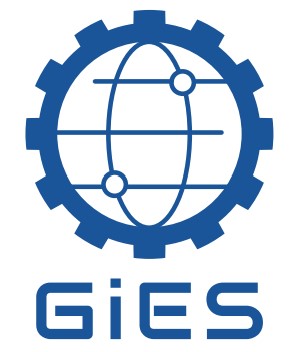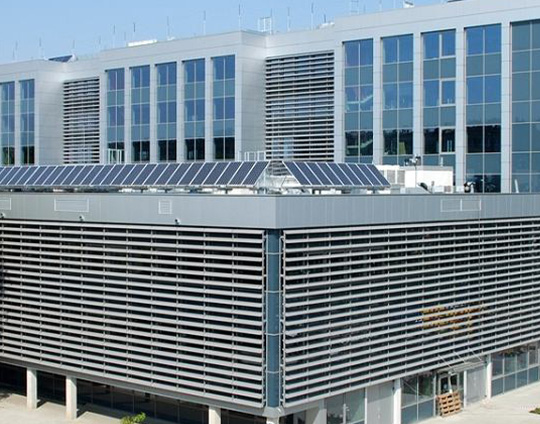Start - Aktualnosci
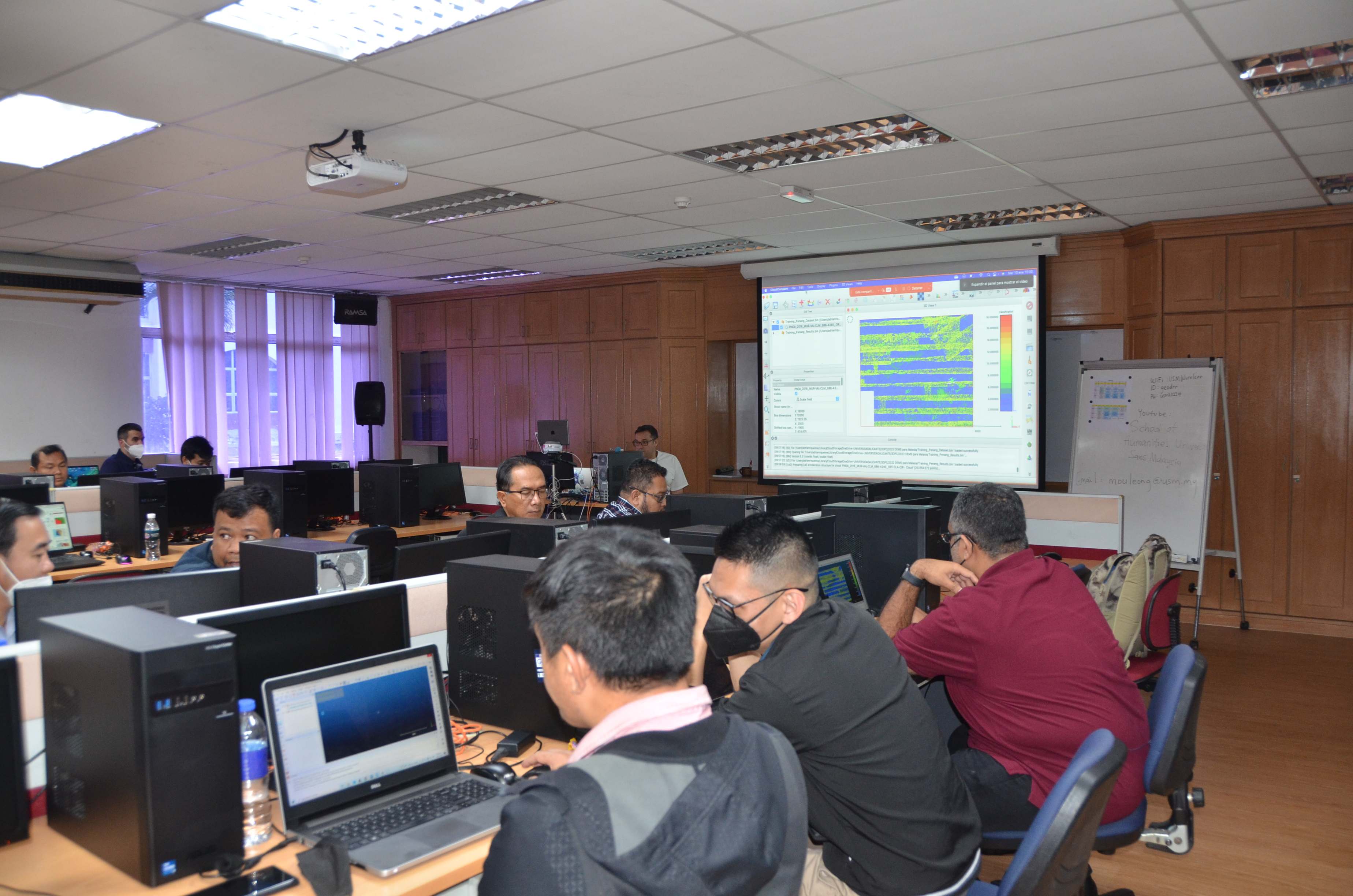
GoeDRR trainings, workshops and short-term internship at USM
Visit by staff from the Departments of Geoengineering and Raw Materials Extraction (RG4) and Safety Engineering (RG3) as part of an ongoing GeoDRR project and short-term internship in Malaysia
GoeDRR trainings, workshops and short-term internship at USM
Researchers from the Departments of Geoengineering and Raw Materials Extraction (RG4) and Safety Engineering (RG3) from the Faculty of Mining, Safety Engineering and Industrial Automation at the Silesian University of Technology were in Malaysia in January 2023 at University Sains Malaysia (USM, Malaysia). The visit took place as part of the Erasmus+ project 'Geomatics for Disaster Risk Reduction' (GeoDRR, Geomatics in Disaster Risk Reduction). The Silesian University of Technology is the Project Leader. Within the framework of the Project, six Asian universities will offer studies to train specialists in forecasting, monitoring and analysing natural disasters.
The Erasmus+ project 'Geomatics for Disaster Risk Reduction' has been running since 2021. It has 10 Partners participating: 6 Asian universities from the Philippines, Malaysia and Cambodia, universities from Spain and Greece, and a consulting company from Luxembourg. The Main Coordinator of the Project, since January 2022 is Dr Krzysztof Tomiczek from the Department of GaRME (RG4).
Along with Dr Krzysztof Tomiczek, the Silesian University of Technology was represented by the following, participating in the project: Anna Bluszcz, Ph.D., Prof. at SUT, and Katarzyna Tobór-Osadnik, Ph.D., Prof. at SUT, from the Department of SE (RG3).
The aim of the Project is to build a new 2nd degree specialisation "Geomatics for Disaster Risk Reduction" with the necessary laboratory resources at 6 Asian universities. The new specialisation will train highly specialised personnel prepared to prediction, monitor and analyse natural disasters and, should they occur, to manage them, with a particular focus on ensuring the safety of people and infrastructure who have been affected.
During the first week (9-13.01.), the Erasmus+ GeoDRR provided full-day workshops / trainings and lectures prepared by European and Asian scientists. Scientists from the RG3 and RG4 Departments prepared lectures on the topics of geomatics, seismicity, scientific research methodology, hazard and risk and safety management, and GIS (Geographic Information System)
During the second week, pre-planned research and teaching activities were carried out during the short-term internship at USM, while promoting the Faculty and the SUT. (University Sains Malaysia is a highly ranked Malaysian university, ranking (501-600) on the Shanghai list)
Dr Krzysztof Tomiczek, Prof Anna Bluszcz and Prof Katarzyna Tobór-Osadnik gave lectures for USM students, e.g. on the influence of water on the strength-deformation properties of rocks and soils from the point of view of rock and soil mechanics, IT project management, sustainable project management and safety engineering in the context of natural hazards.
During the meeting with the faculty and rectoral authorities of USM, a Letter of Intent regarding the planned cooperation was signed. The letter on the side of the SUT was signed by the HE Rector of the SUT Prof Arkadiusz Mężyk and HE Vice-Rector of USM Narimah Samat. In the Letter of Intent, Dr Krzysztof Tomiczek was designated as the contact person between the SUT and USM.
Researchers from the SUT participated in meetings with USM staff representing, a.o.: Centre for Sustainability Research, Technology, River Engineering Research, Office of Strategic Corporate Development, Academic and International Cooperation Department. During these meetings, the potential of the Silesian University of Technology and the characteristics of the Faculty were presented.
GeoDRR project
Asia and its south-eastern part is the world's most exposed region to natural disasters. The predominant disasters are those resulting from climatic impact. These disasters are a 'natural' and 'everyday' part of life for the people of this region. There are approximately 180 natural disasters per year in Southeast Asia (approximately 430 worldwide) and it is Southeast Asia that suffers the greatest material losses - approximately USD 80 billion per year (compared to approximately USD 200 billion worldwide, 2021). Approximately 65% of natural disaster fatalities occur in Asia, against approximately 105,000 globally. The most common include floods, storms and typhoons, earthquakes and landslides. According to predictions, this situation will continue in the coming years.
As part of the GeoDRR Project, launched in 2021, 1-week meetings/training/workshops are planned and implemented in the countries participating in the Project. The first two in 2021, in Poland and the Philippines were held remotely, due to pandemic restrictions and the closure of both European and Asian countries.
In 2022, the first meeting/workshop was held at the University of West Attica (Athens, Greece, March). It had a hybrid character. It was attended face to face by some of the Partners. Some Asian countries were closed, with pandemic restrictions in place in some of them.
Another meeting / workshop was held at Svay Rieng University (Svay Rieng, Cambodia, July). It was attended by Partners from 9, out of 10 Partners. This was the first meeting where almost all those participating in the online meetings met. Online meetings, in addition to bilateral meetings, of all Partners take place at least 1/month (on average 2-3 times/month). Only the "face to face" meetings made it possible to get to know each other better and establish a good contact.
The programme of meetings / trainings / workshops is intensive. They last, generally from the morning hours until late afternoon. The topics of the workshops are decided about 2-3 months before the meetings and are in response to demand from Asian universities. The topics covered in the trainings are linked to the subjects that will be taught to students in the new specialisation.
In addition to the real-life meetings, there are monthly meetings of the Project Managers (representatives of the Partners), Project Quality Board meetings, bilateral and multilateral meetings, and meetings with the Project Officer. The scale of the logistics is reflected in the number of emails, as of January 2022. - approximately 600.
The Project is a challenging and complex project. The C19 pandemic, the geopolitical situation in Europe, rising prices, inflation, disrupted or interrupted supply chains in Asia have had and continue to have an impact on implementation.
Dr Krzysztof Tomiczek has been the 3rd lead, Project Head Coordinator, from the Silesian University's side since January 2022. During the last 13 months, corrective actions are being carried out for the Project delays resulting from the causes outlined above as well as logistical, competence and implementation problems.
The experience gained from working with researchers and trainees from Vietnam, Japan and China 25 years ago as part of the work at the Rock Mechanics Laboratory (Prof. Marek Kwaśniewski, 1947-2014) plays a major role in working with Asian Partners. Due to these experiences, cooperation can take place with full respect for the mentality and culture of the Asians and the openness of the activities.
The SUT is actively involved in EU Erasmus+ programmes and participation in the GeoDRR Project was proposed to the SUT as a Project Leader. The aforementioned Project is a complex project and therefore 'challenging'. During its implementation there are constantly new tasks and problems to be solved. The overriding objective is to see the Project through to completion.
Meeting and carrying out tasks with teams/researchers that are culturally and customarily different allows for flexibility in attitudes and learning to cooperate with each other.
In many cases, for the various multiple conditions on other continents, a view from the point of view of precisely the local conditions is required.
This requires that we, the researchers, search, study and analyse for the Project, analysing knowledge that will be better suited to the needs of the Partners. This provides new perspectives and a broader picture of knowledge in areas of interest.
Geomatics - (after Oxford Dictionary): "The mathematics of the earth; the science of the collection, analysis, and interpretation of data, especially instrumental data, relating to the earth's surface." and "Geomatics Engineering integrates the acquisition, modelling, analysis, and management of geographically (spatially) referenced data, i.e. data identified with respect to a geographic location."
Geomatics is the scientific and technical discipline concerned with the acquisition, analysis, interpretation, dissemination and practical application of geo-information. It is an interdisciplinary science.
The main thrust of geomatics in recent years has been to combine remote sensing with numerical models of processes and to improve the physical understanding of the phenomena modelled and the precision of numerical simulations.
The integration of these two aspects is leading to the development of new approaches to look at spatially and temporally complex, highly connected ecosystems.
In more complex scenarios, remote sensing data becomes an integral component of the model, creating a hybrid form that explicitly accounts for the spatial relationships of processes in the model environment.
Natural disasters. Disaster - an unexpected event, such as a very bad accident, a flood or a fire, that kills a lot of people or causes a lot of damage (Oxford Dictionary, 2022). By implication, disaster usually means an event that is of natural origin.
According to World Risk Report 2021, Southeast Asia remains, for the next year(s), one of the world's leading hotspots of natural disaster risk.
The global community's actions to prevent natural hazards from turning into disasters are developed from the Sendai document. Principles of Action for Disaster Risk Reduction 2015-2030 have been adopted (UN, 2015). Actions are based on four priorities: understanding disaster risk, strengthening disaster risk management to manage disaster risk, investing in disaster risk reduction for resilience, and enhancing disaster preparedness for effective response.
Aktualności
Pokaż wszystkie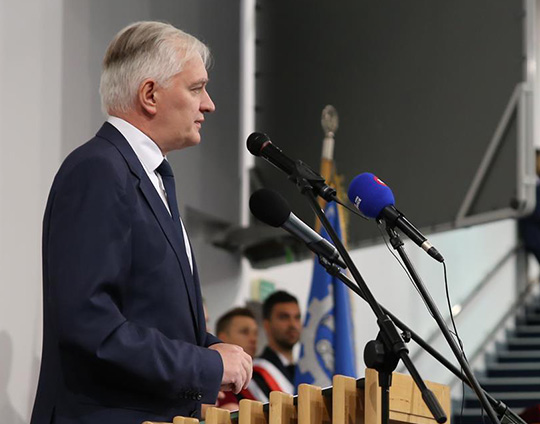
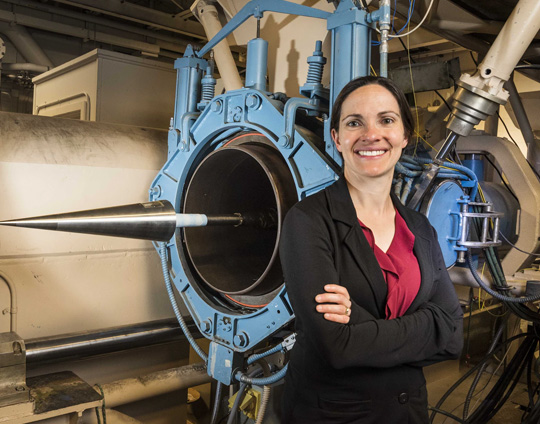
Więcej aktualności Mniej aktualności
Wydarzenia
Pokaż wszystkieWspółpraca:
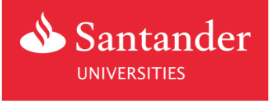
Santander Universidades to jeden z fundamentów społecznego zaangażowania Banku Zachodniego BZWBK oraz Grupy Santander.
Współpraca:

Santander Universidades to jeden z fundamentów społecznego zaangażowania Banku Zachodniego BZWBK oraz Grupy Santander.




